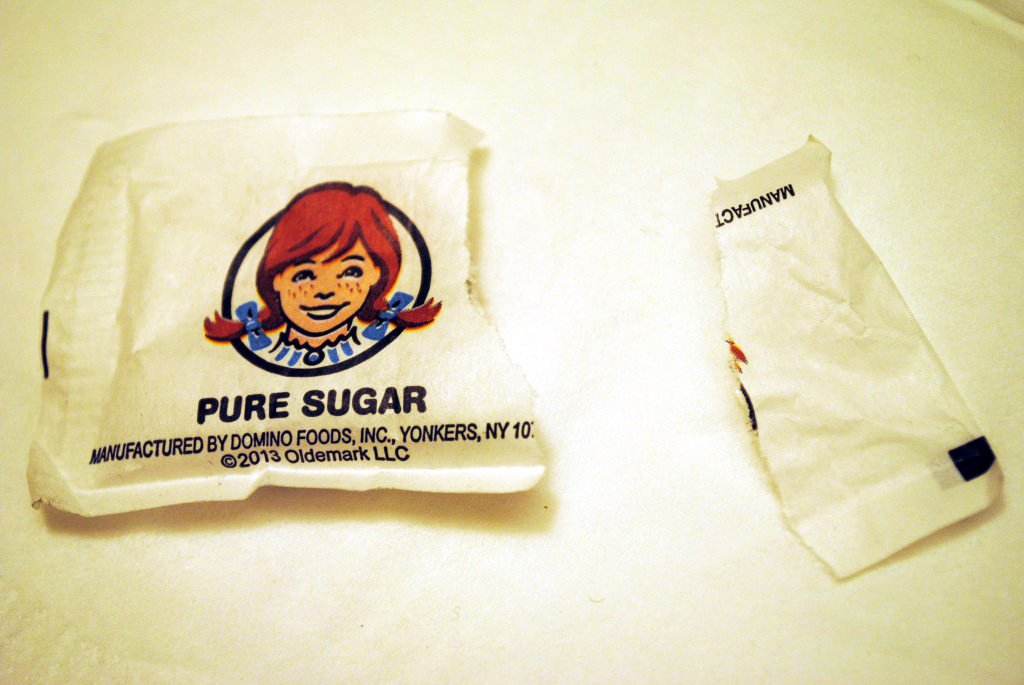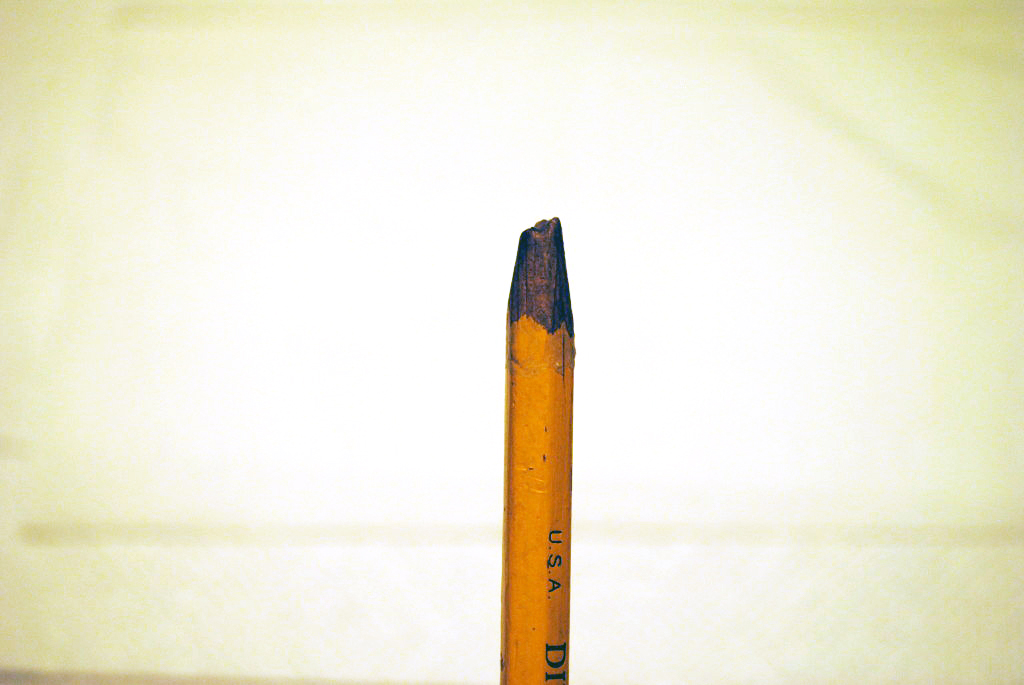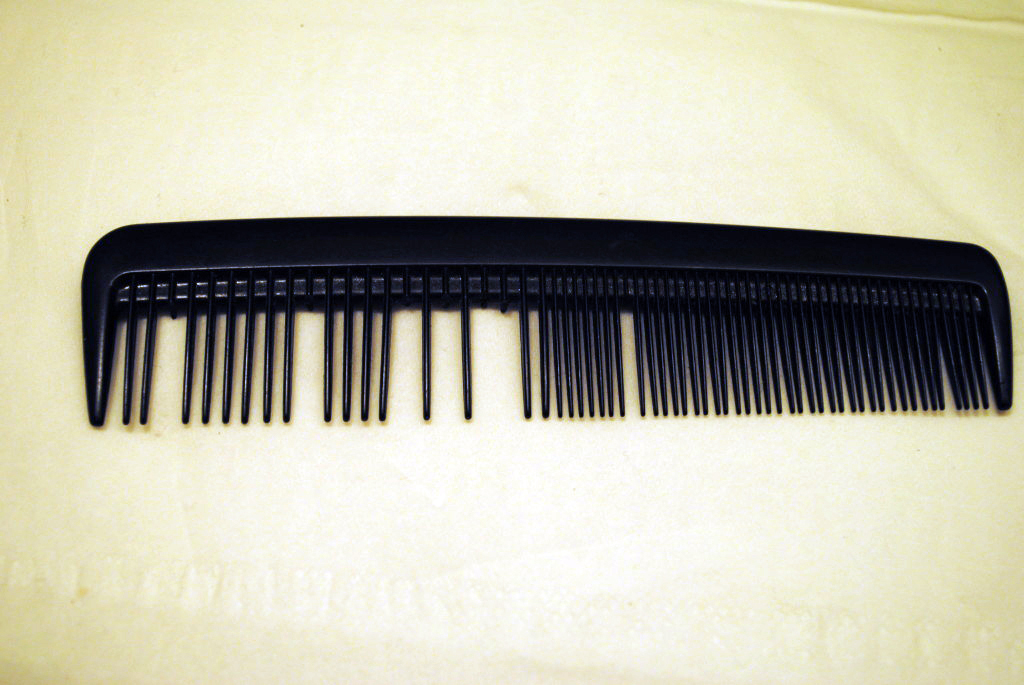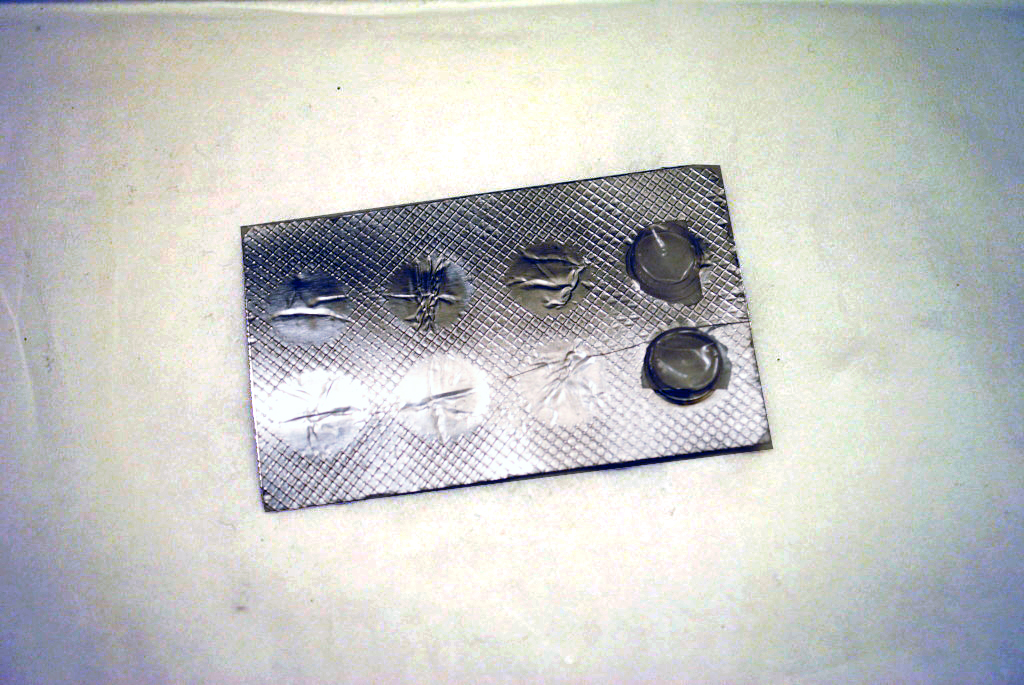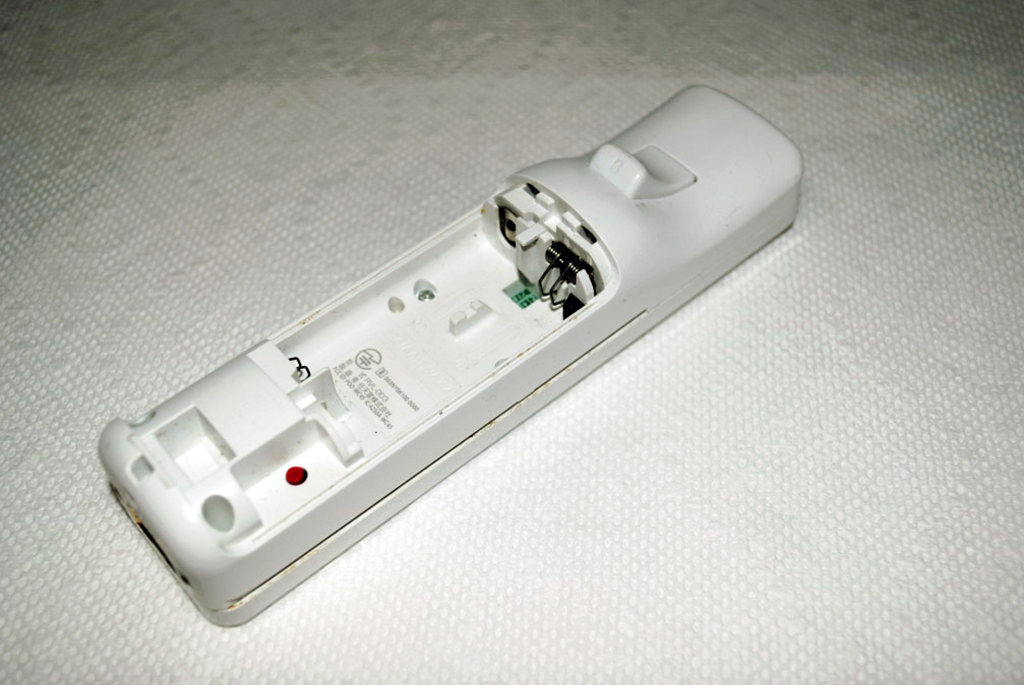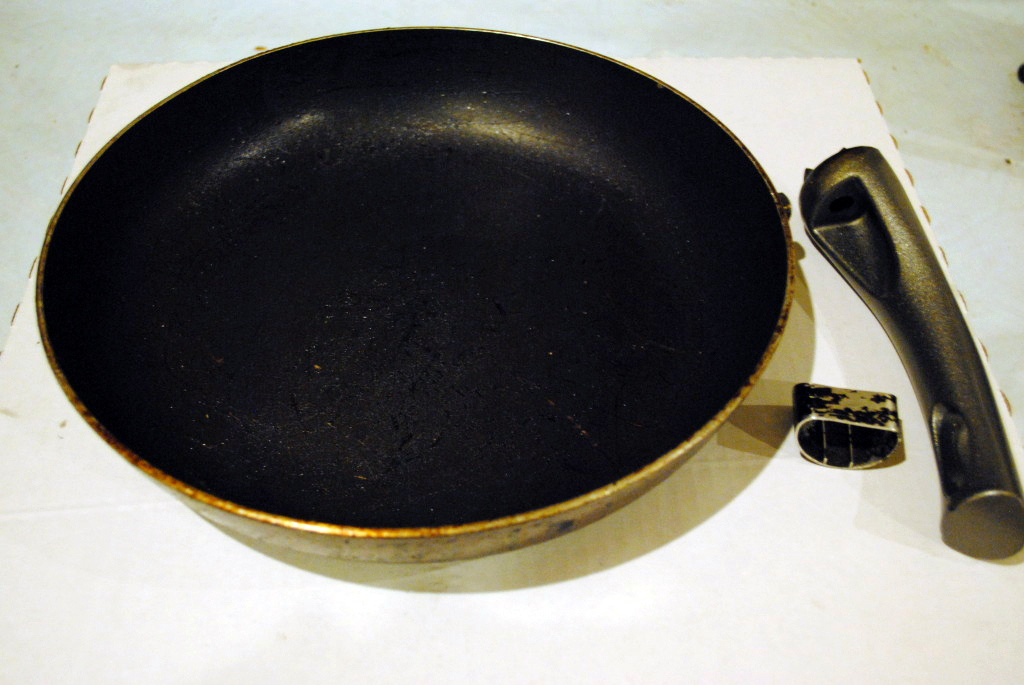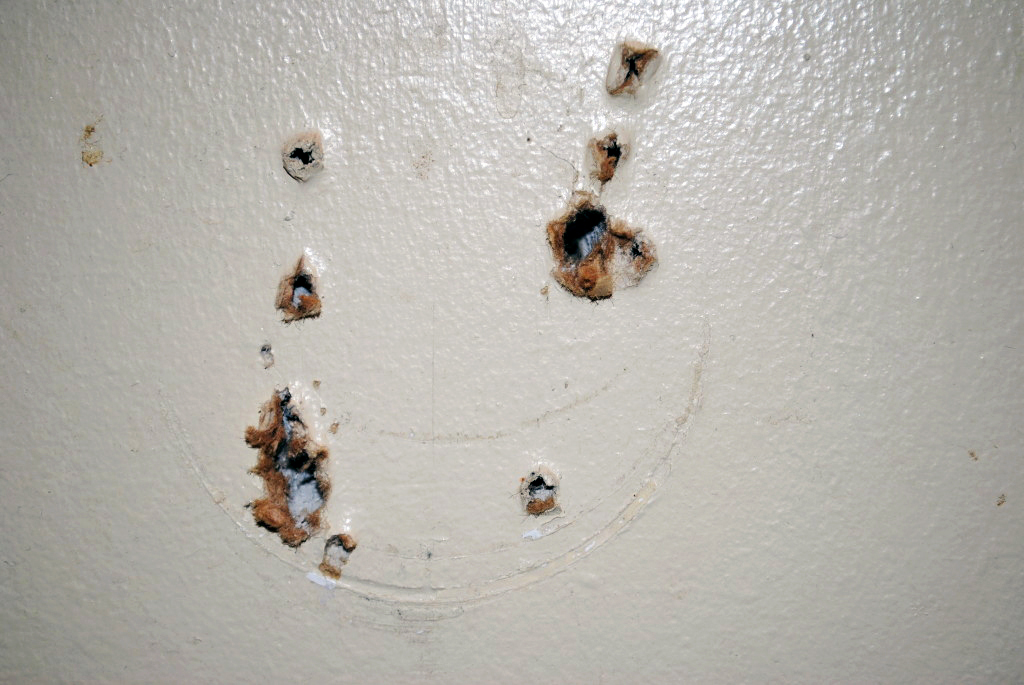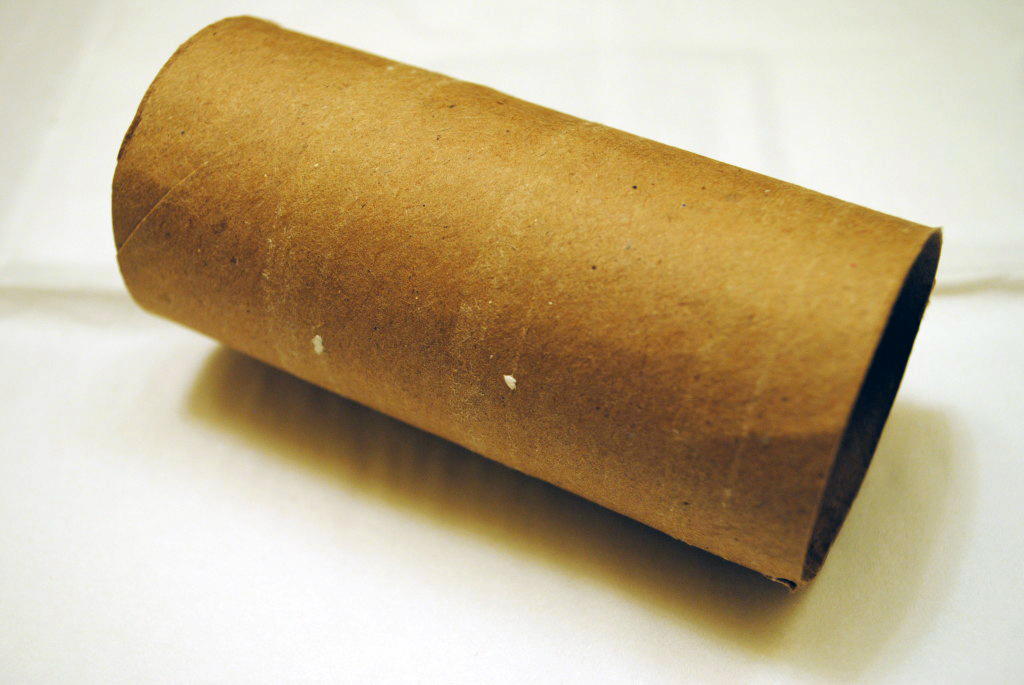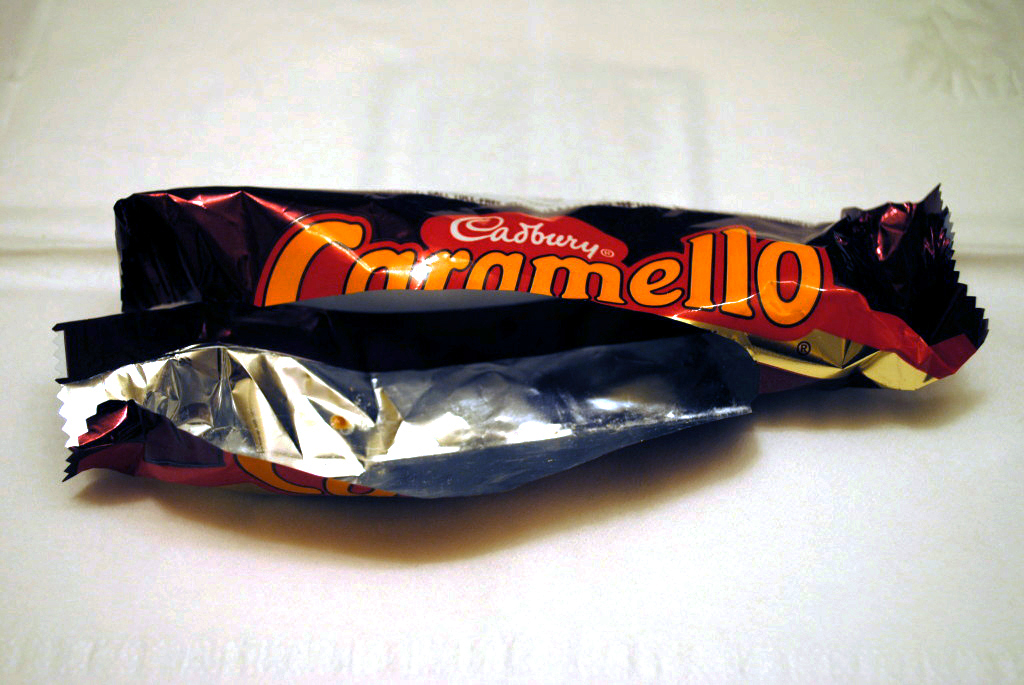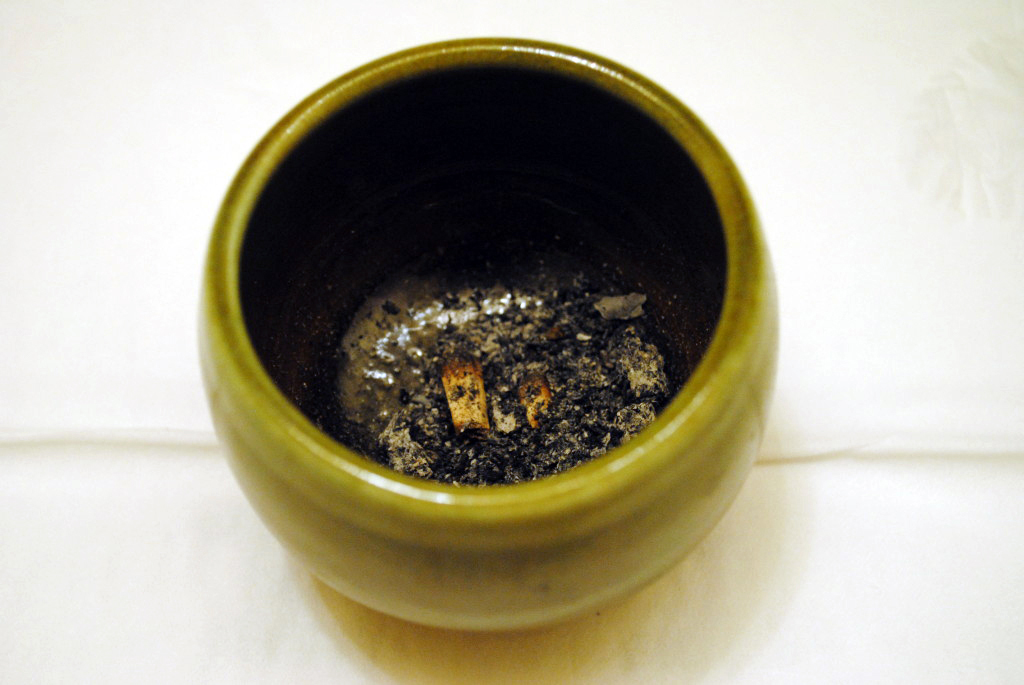

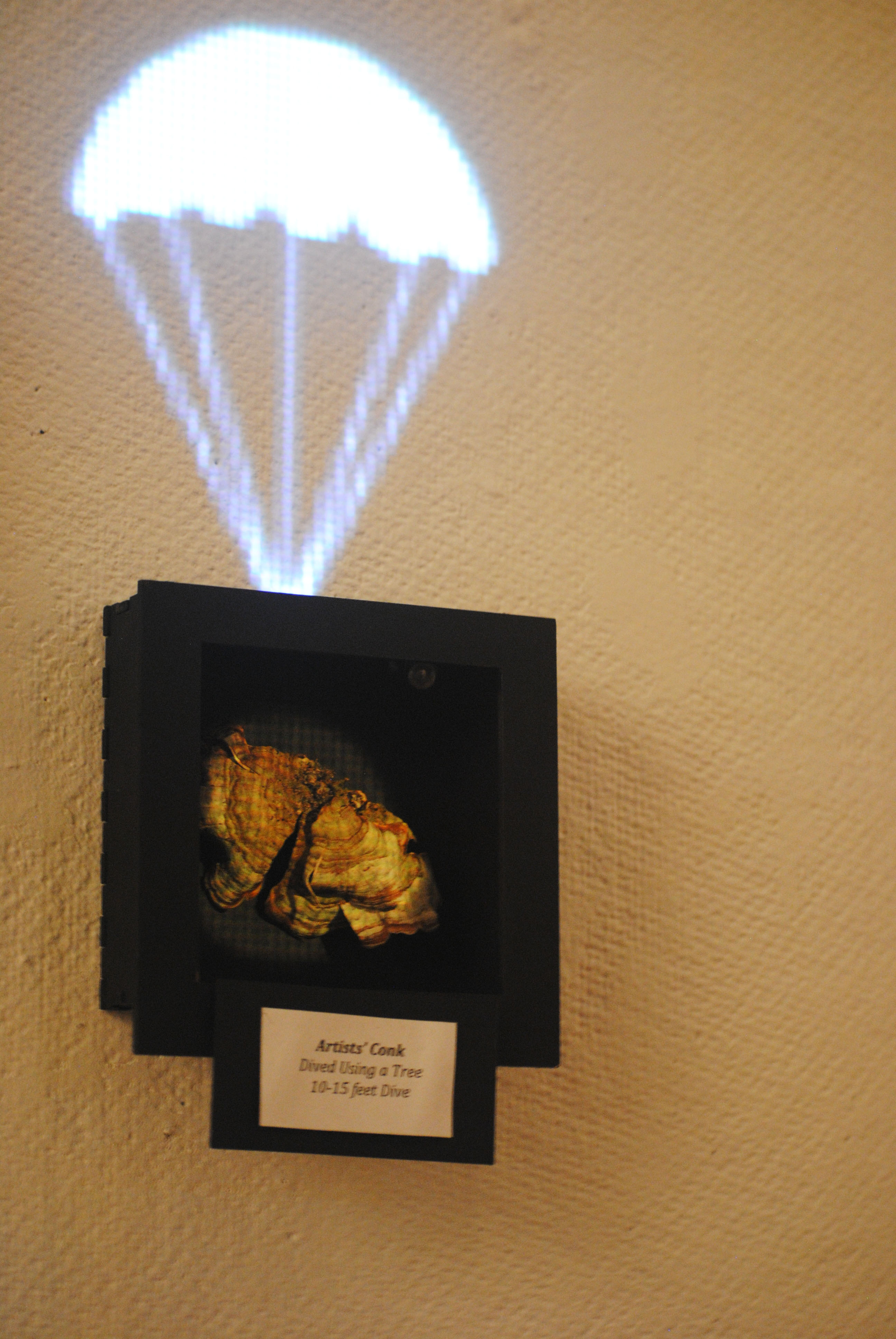
Skydivers
By Swetha Kannan
As Logs, trees, and leaves begin to decay, as they do with every passing of seasons, it’s interesting to see the adventurous skydivers that can begin to take root in the decay and, with it’s force, pull trees, leaves, and others down to the ground. These skydivers are the fungus and bacteria that begin to swarm and ferment in the roots of dying organisms. They are beautiful and interesting to behold, and in a final effort to give a tree a glorious ending, pull them down to the ground where they will be consumed and eaten by the bacteria.
The Skydivers project was my way to attempt to memorialize these events that happen outside of our notice. The falling of trees and leaves are events that we feel do not matter or that we ignore all together. I’ve tried to integrate this aspect of nature in our every day lives in a whimsical fashion so that we may appreciate this small part of nature that we seldom even think about.

My collection plays with the recognition of the ridiculous advancement in biological engineering and how people mutate organisms often for entertainment. Some of the items I found and recreated seemed like they could have been extracted from an alchemy or witchcraft book. So I constructed my piece into a molecular form, having each object as an important makeup for this new molecule. Each little item has a description and instructions on how much to mix. The bottom cup is empty because we are still searching how to combine all these creations and inventions into something catastrophic.




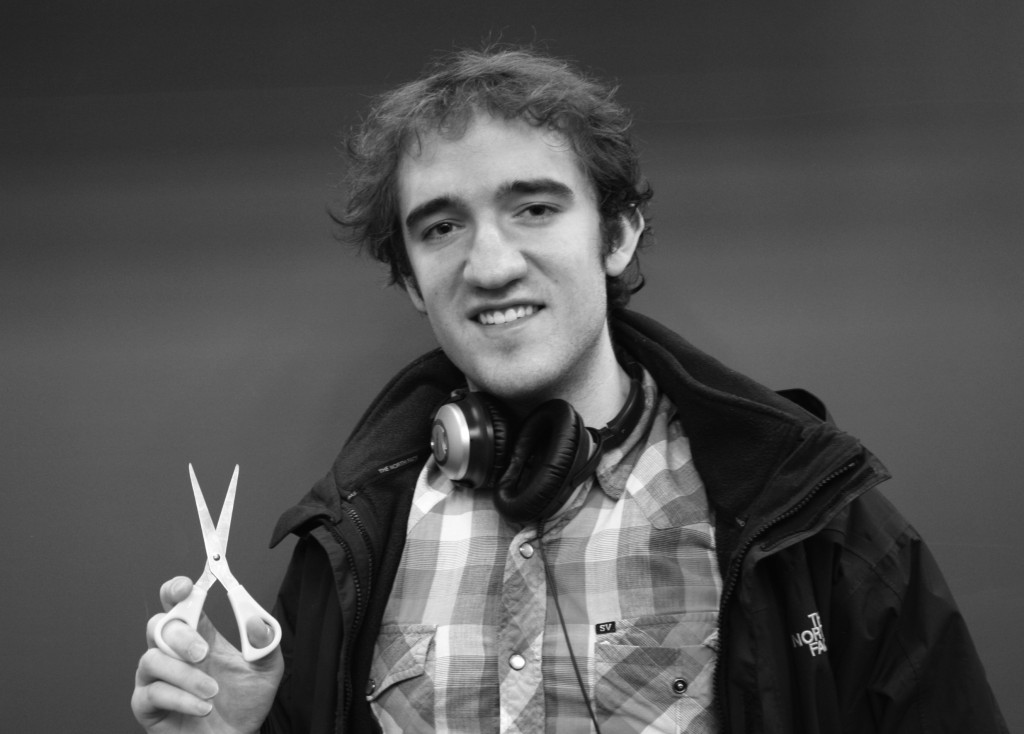
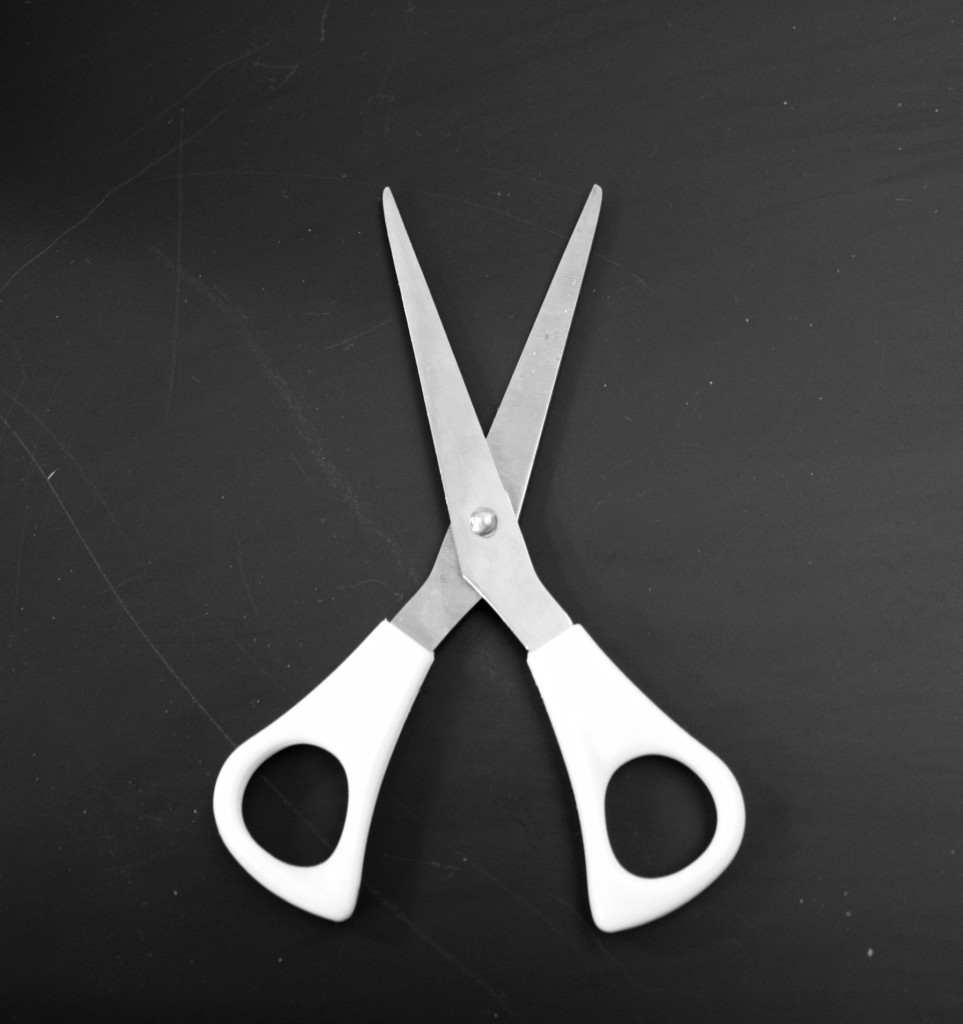
Cutting Hair: “I’ll forget to develop my good habits. Usually I’m fighting the urge to entertain myself.”
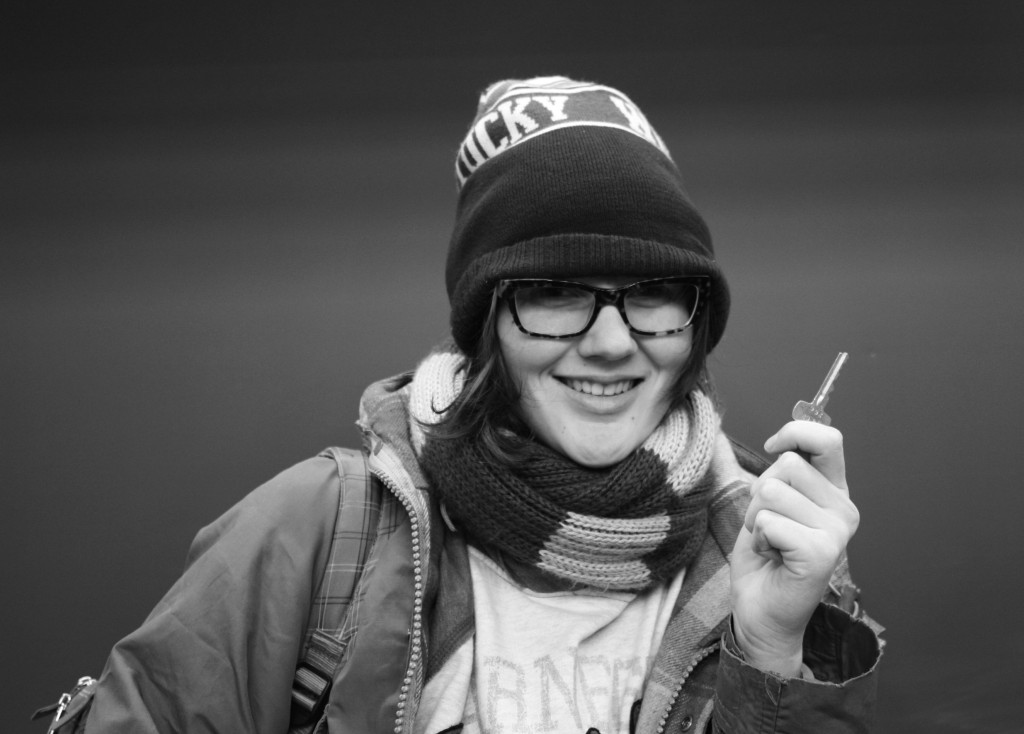

House Keys:”Oh, I forget my keys all the time!”
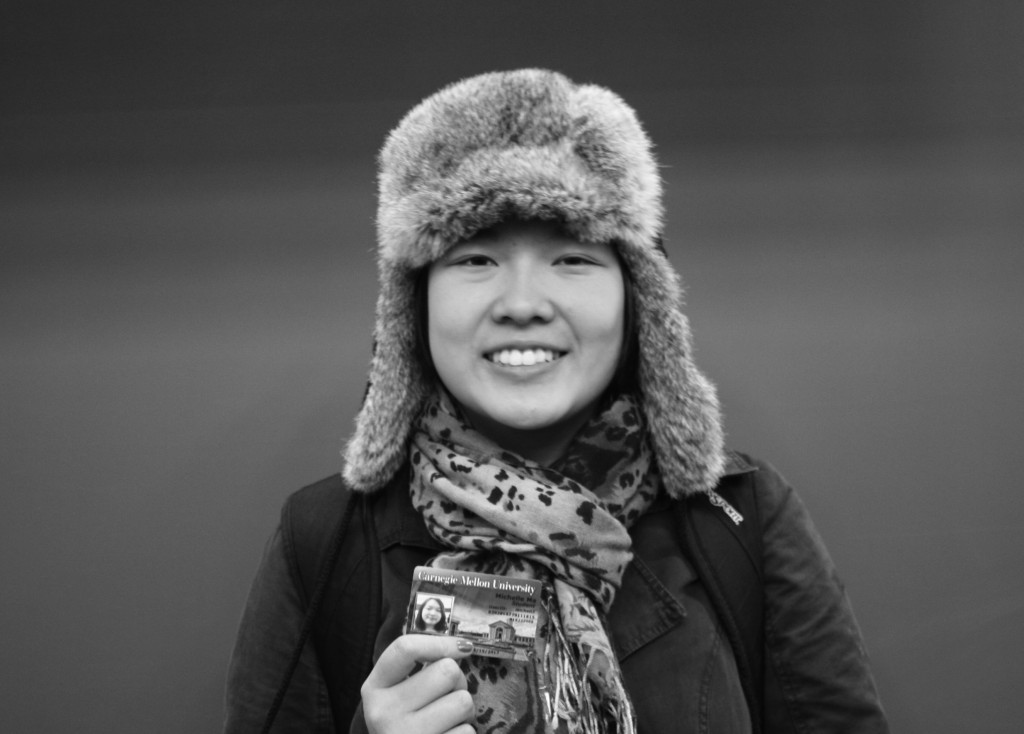
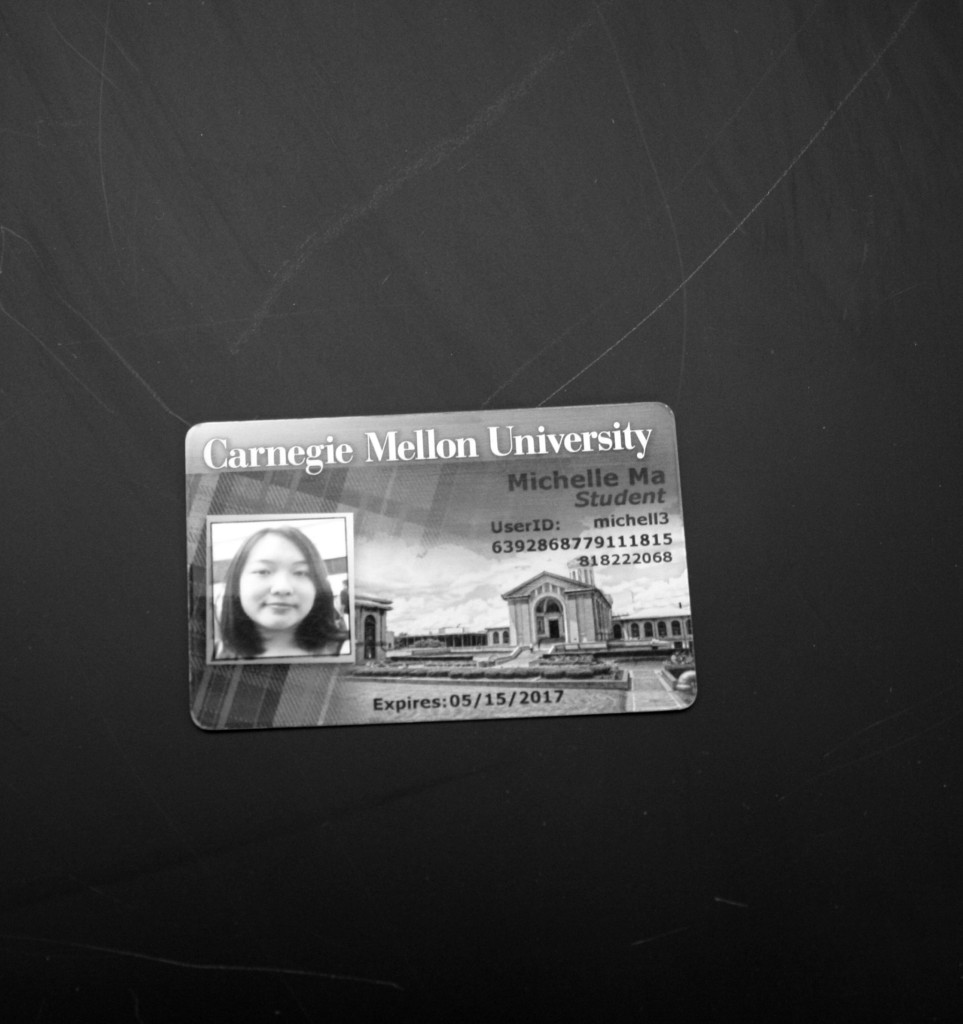
ID card: “Yeah. Sometimes I just don’t remember.”
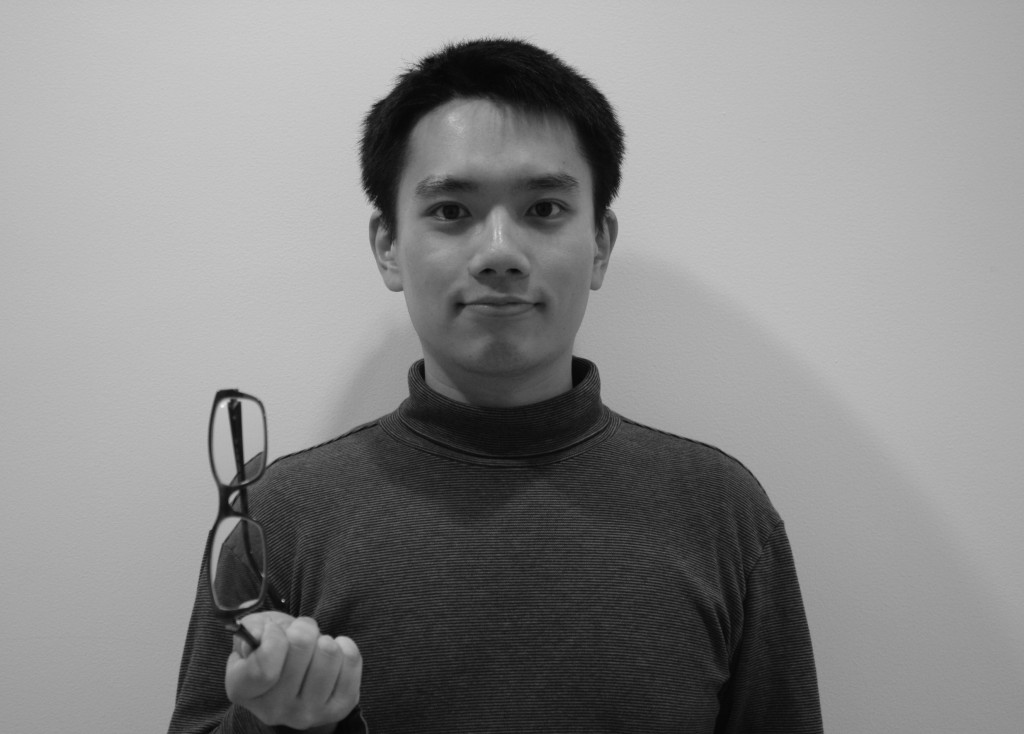
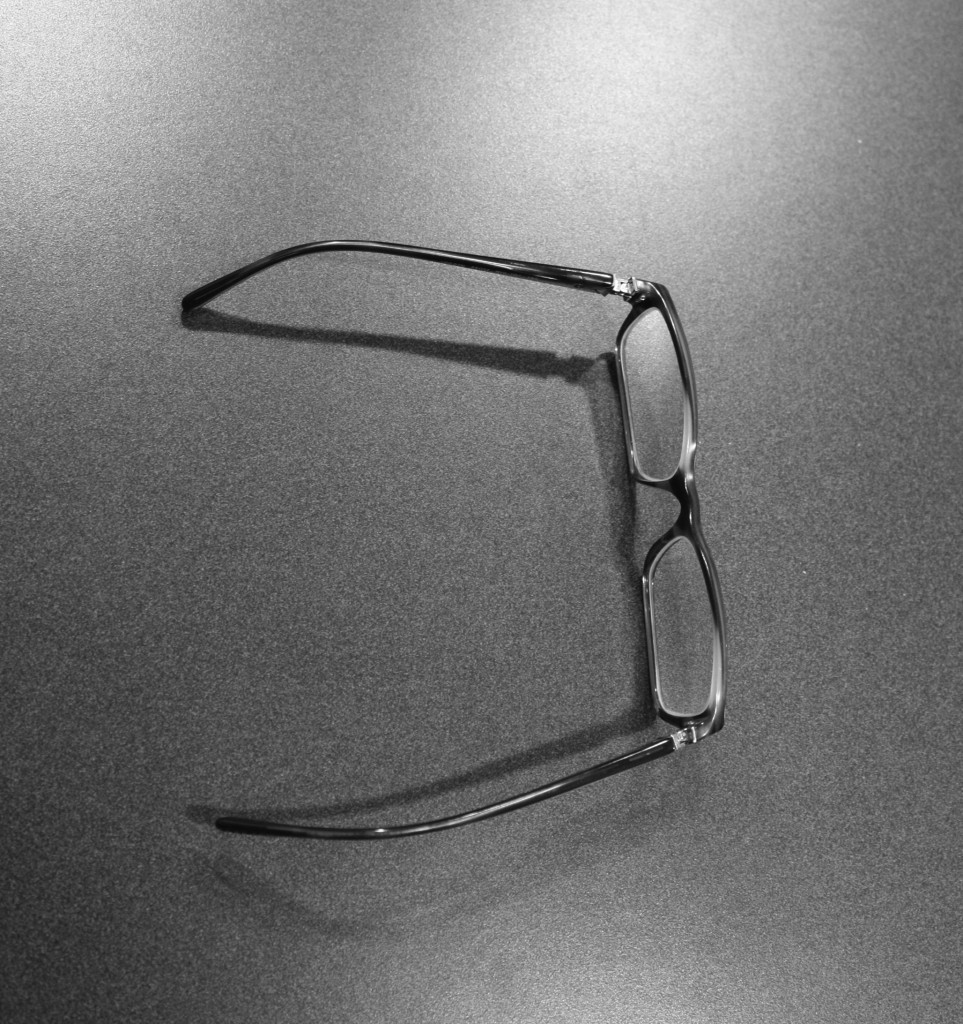
Glasses: “It’s less about glasses but more about contacts. Sometimes I forget to take off my glasses and wear my contacts, which are better for me.”
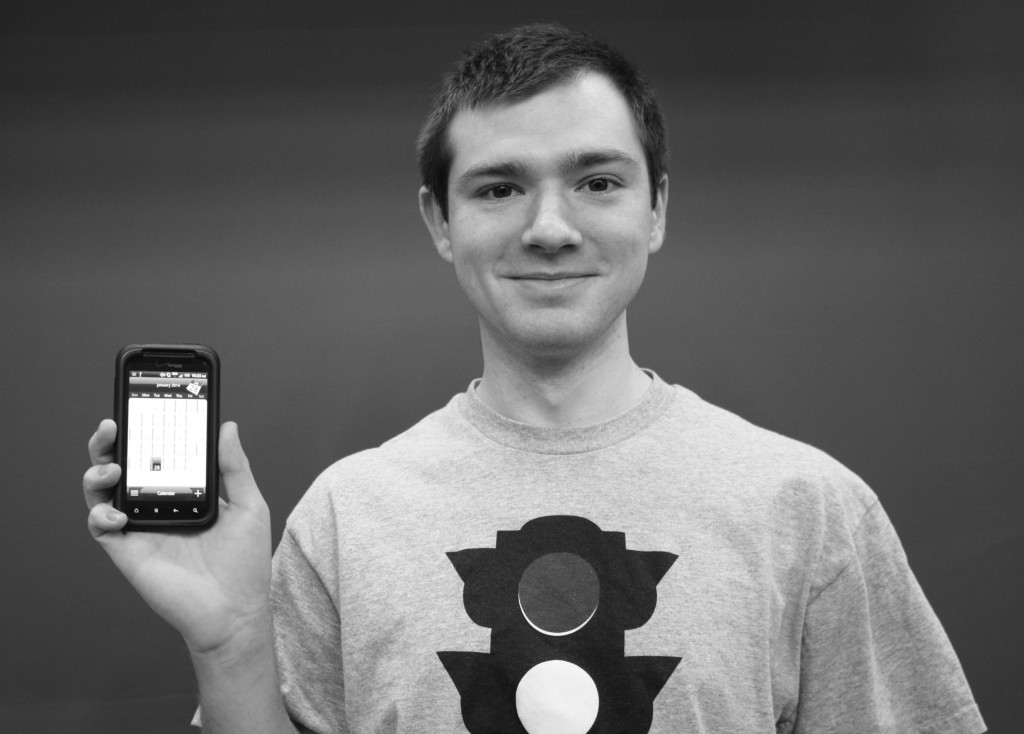
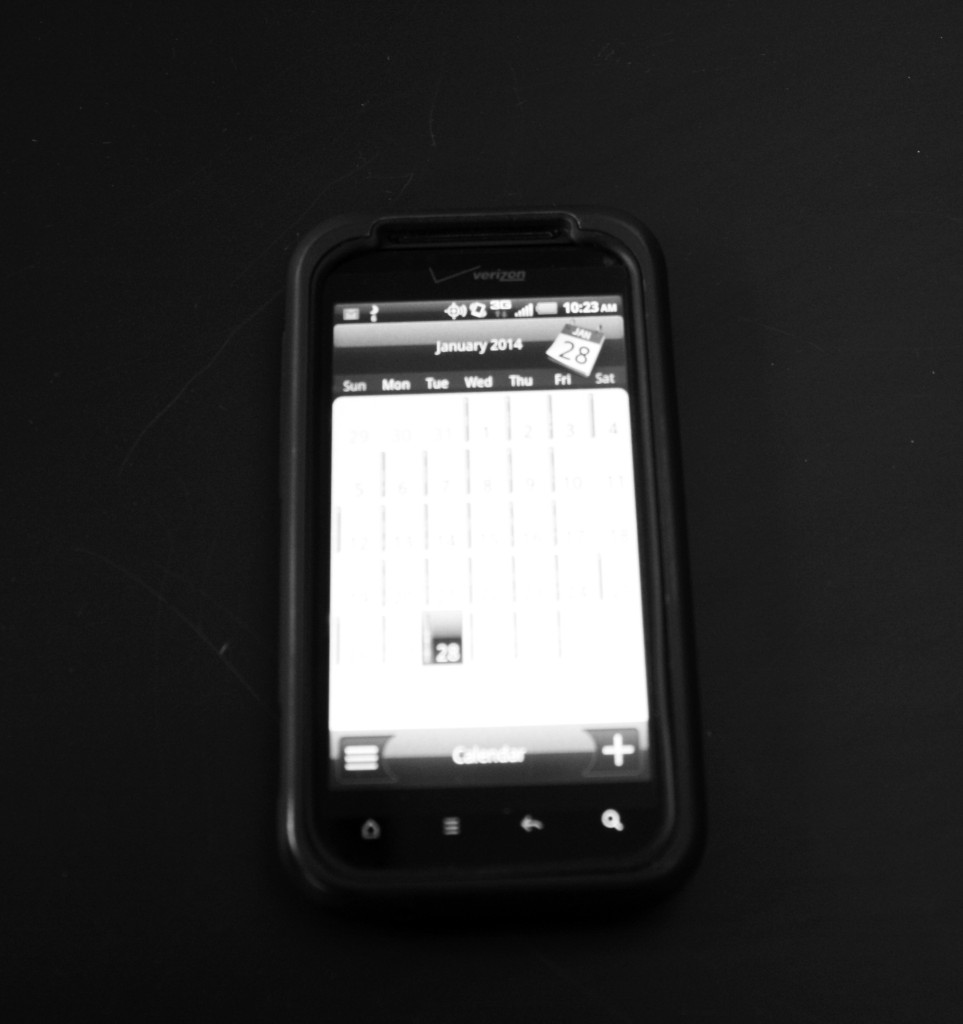
Mom’s Birthday: “I am really forgetful. I have a really bad memory.”
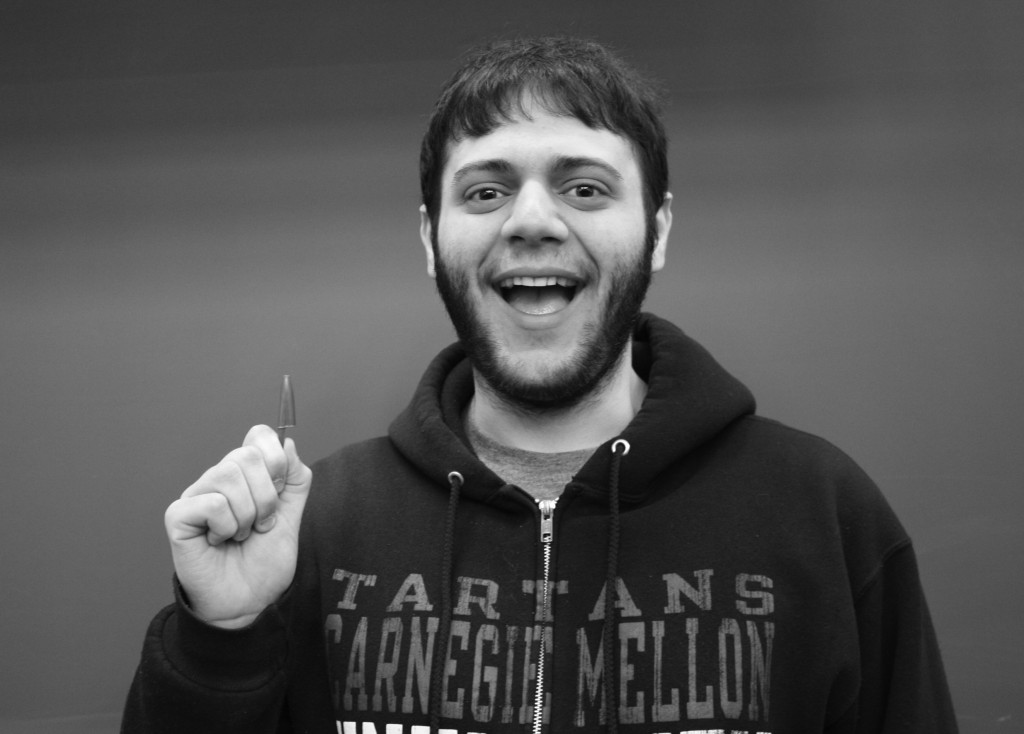
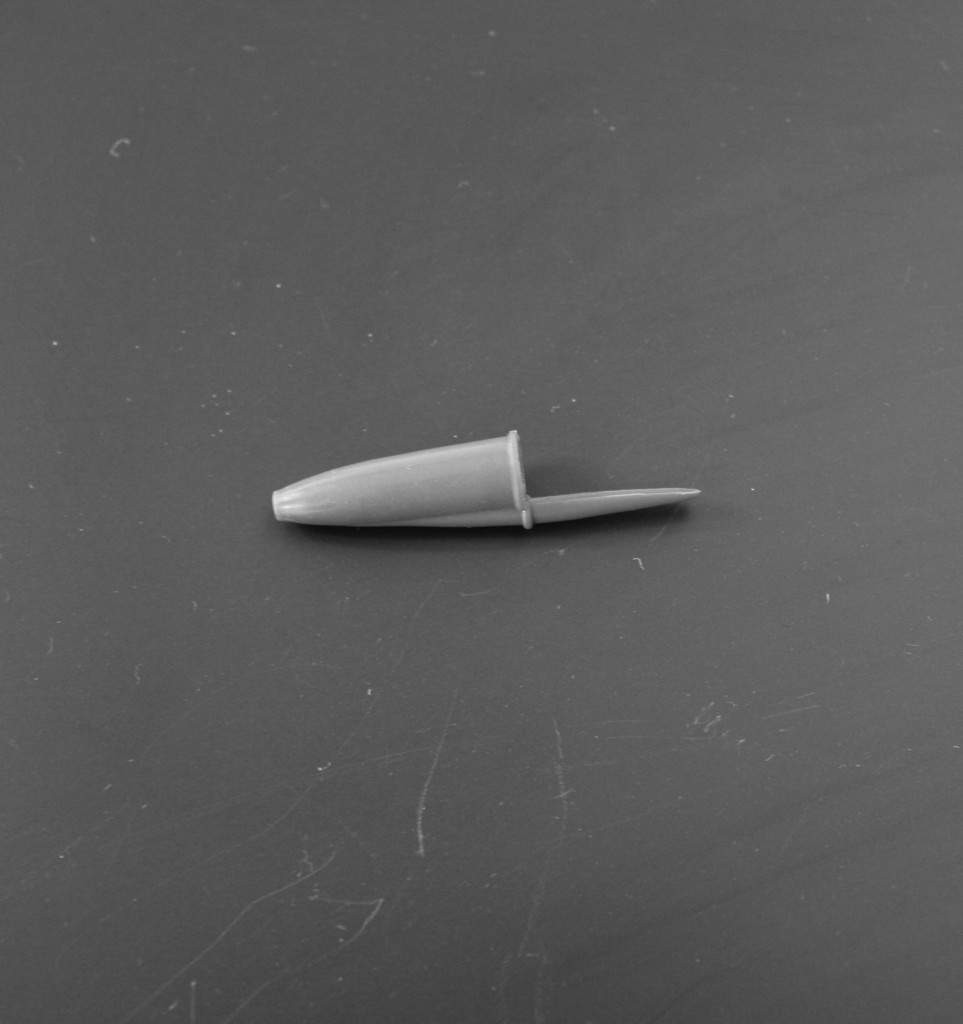
Pen cap: “I chose not to remember.”
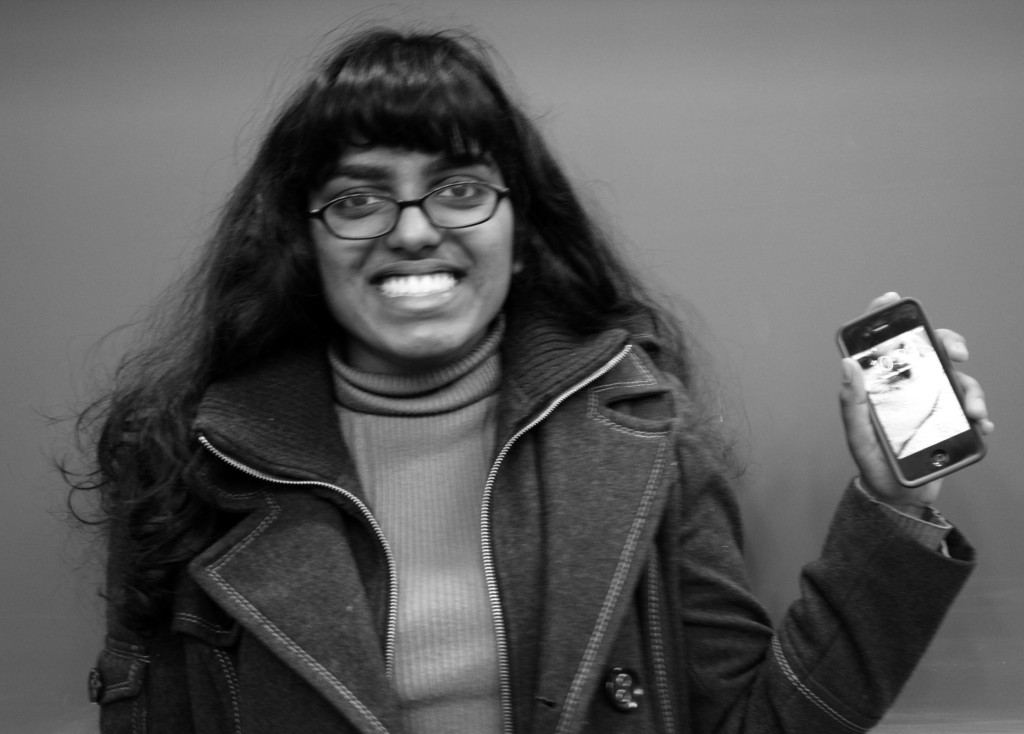
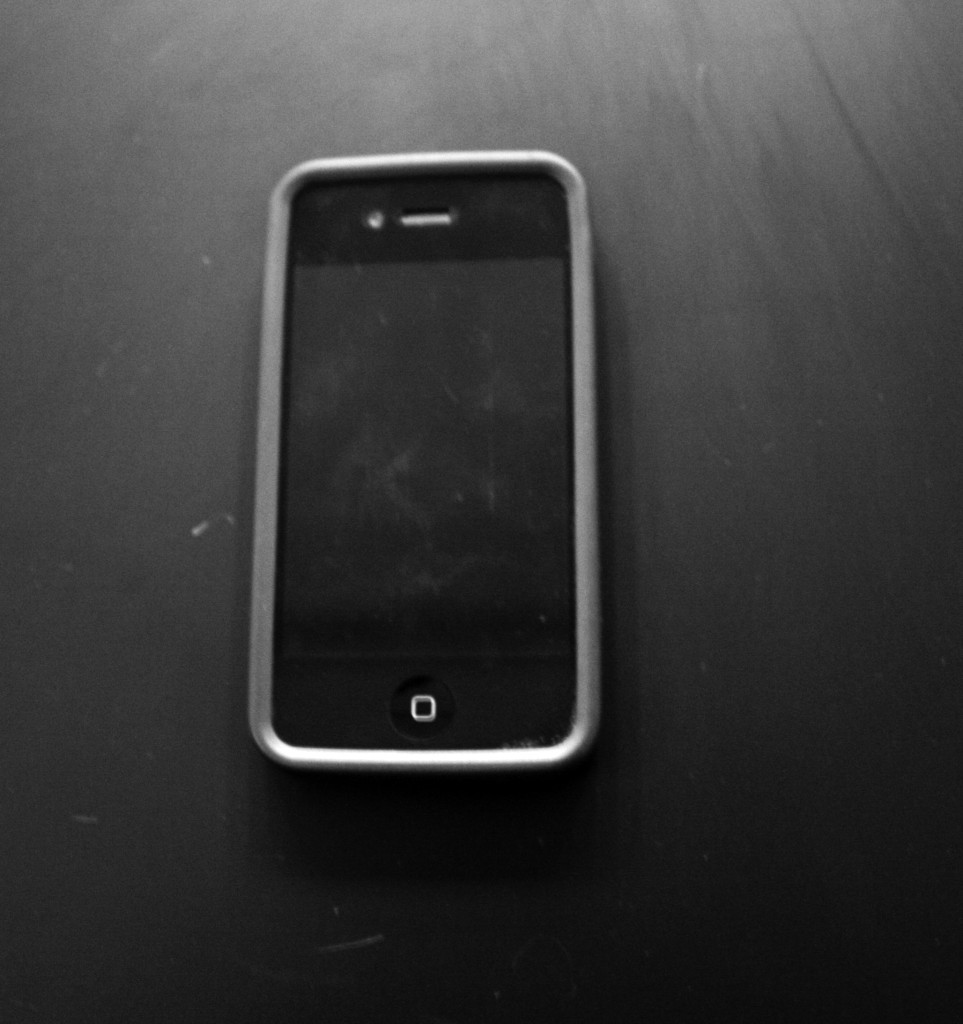
Appointments:”My head only has space for relevant shit. The rest is in my iphone.”


Headphones:”It’s more like I forget to take them off. So I end up not hearing people.”
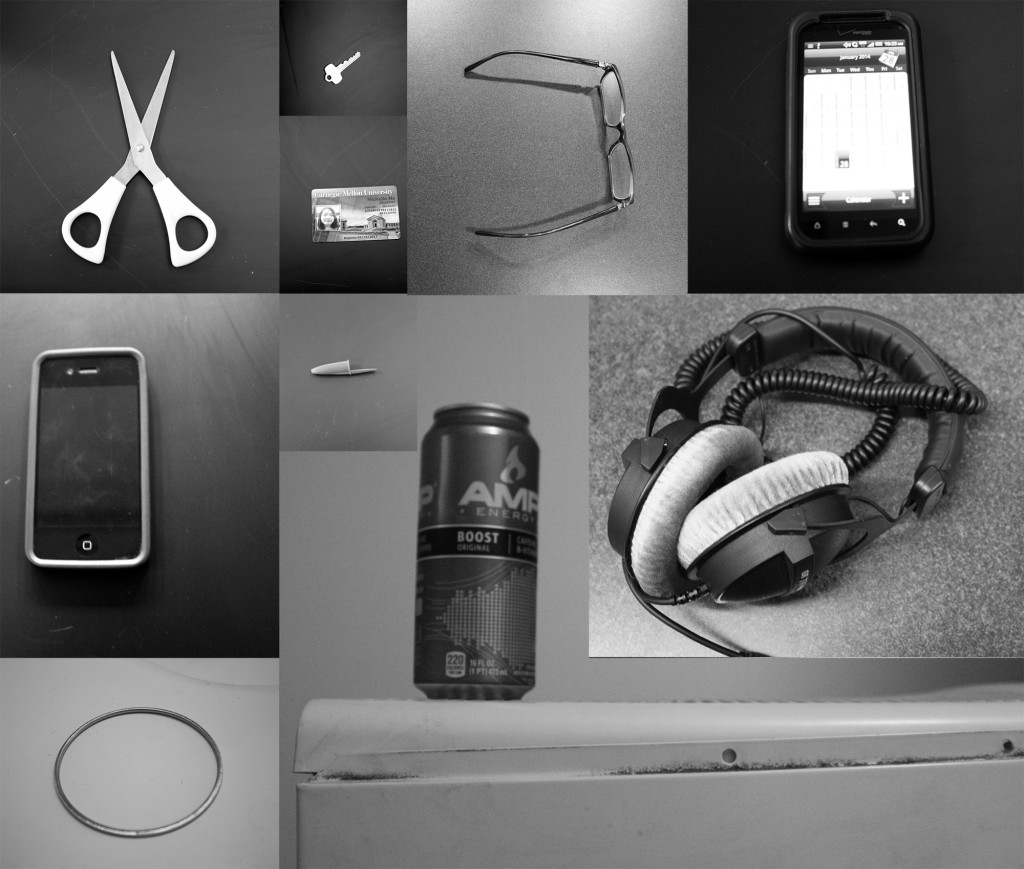
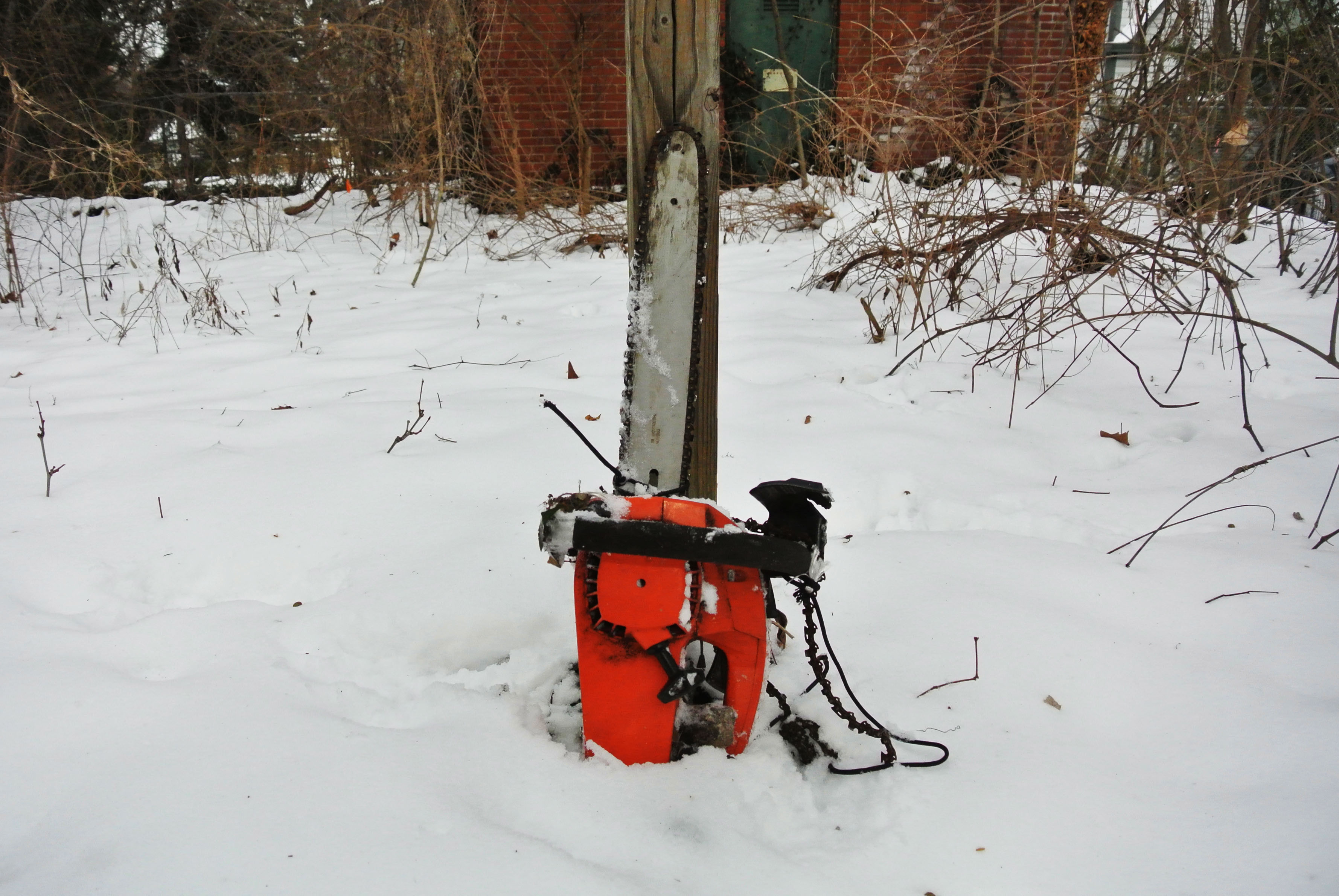

Collections are most often precious; perfectly arranged china, priceless dolls in a dark wood cabinet, etc. These kinds of things are what comes to mind for me when I hear “collection”. For most, the reason for collecting is because of the value of the items. For this project then, I decided to go the opposite way. I wanted to make a collection of objects that interested me visually, but held no significant value on their own. I was also interested in the idea of narrative, seeing how placing a couple incongruous objects in an otherwise similar group could suggest a story.
See the presentation here: https://docs.google.com/presentation/d/1RUDevy0mhg1Qw0W7oI25E2l72Sp6YvULo9xew9pEpQc/edit?usp=sharing
Over the week, I collected knots of hair that I found around my apartment. With four long-haired occupants, these hairballs are not in short supply. Often, hair that has been removed from the body is considered ‘gross’ or’disgusting’. As someone who is interested in knotting and weaving, I find a different kind of beauty in these forms. I photographed each ball and post processed the images in order to emphasize the delicate lines that can make the clump so beautiful. Art relies heavily on context.
In this collection, I focused on collecting things that I saw outside which I could imagine that I have lost at some point in my life. In this way, it was like ‘reclaiming’ lost things for myself rather than just taking it off the street. Surprisingly, it seems like many other girls besides myself loose their hair bands.
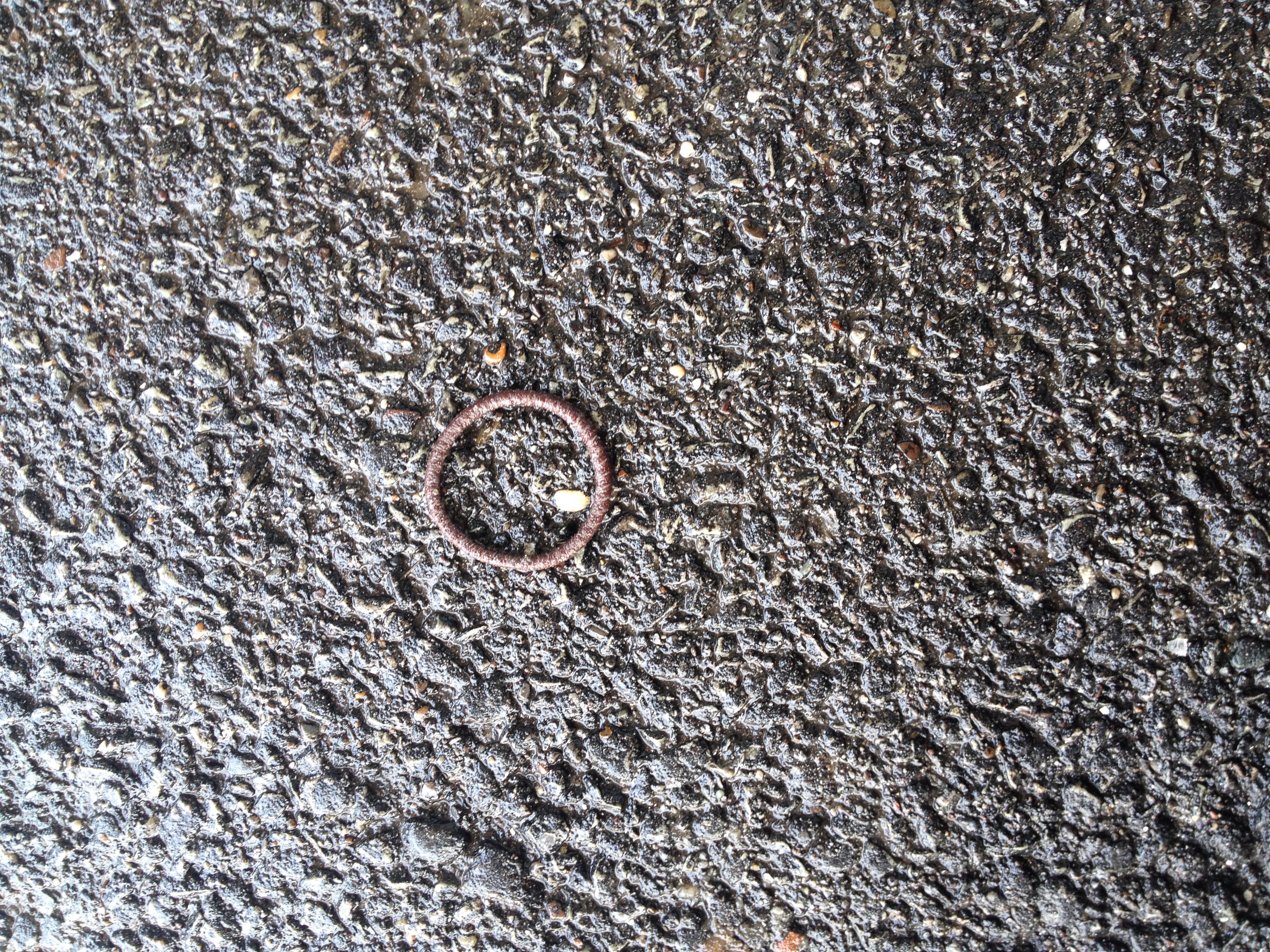

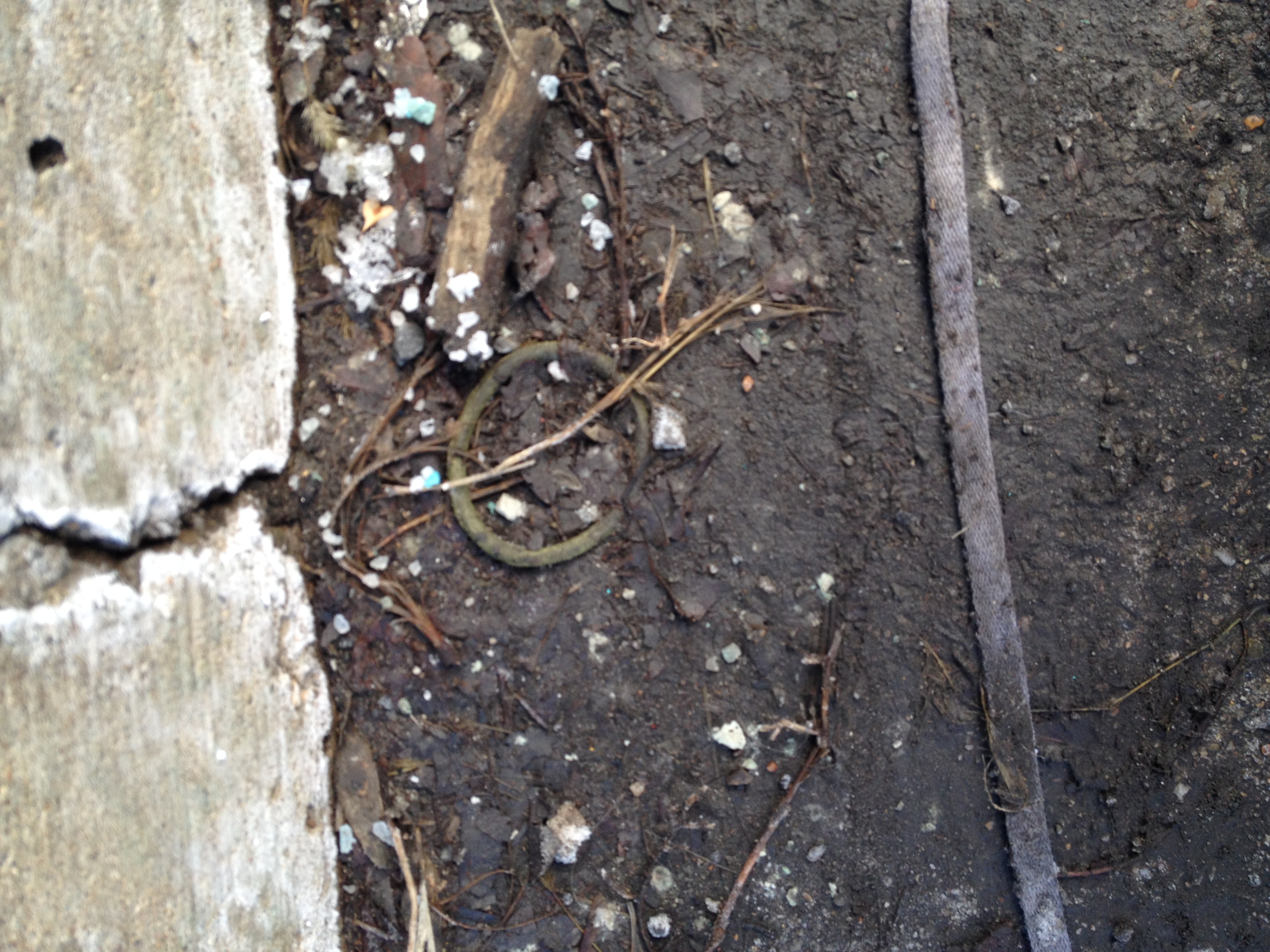
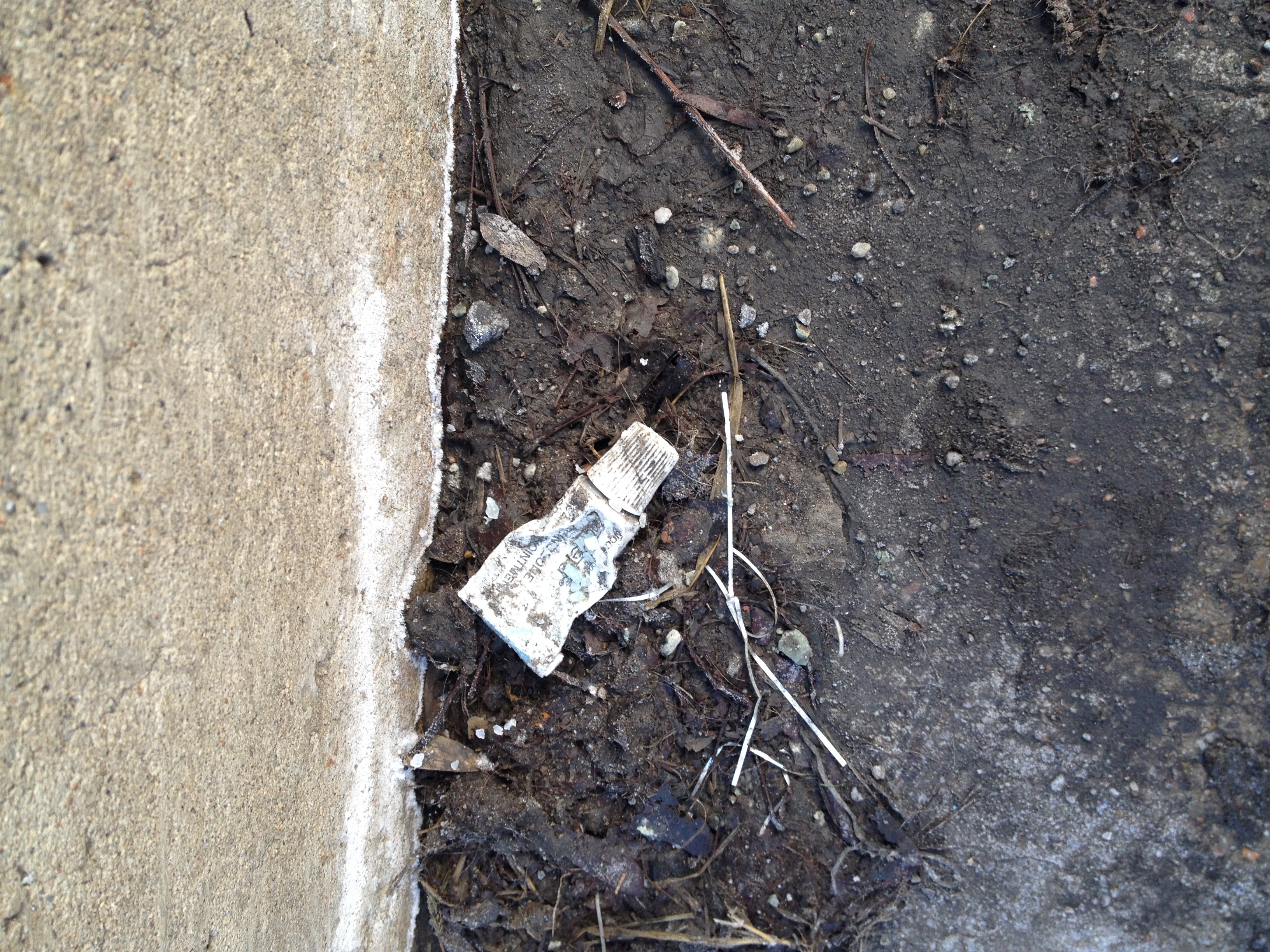
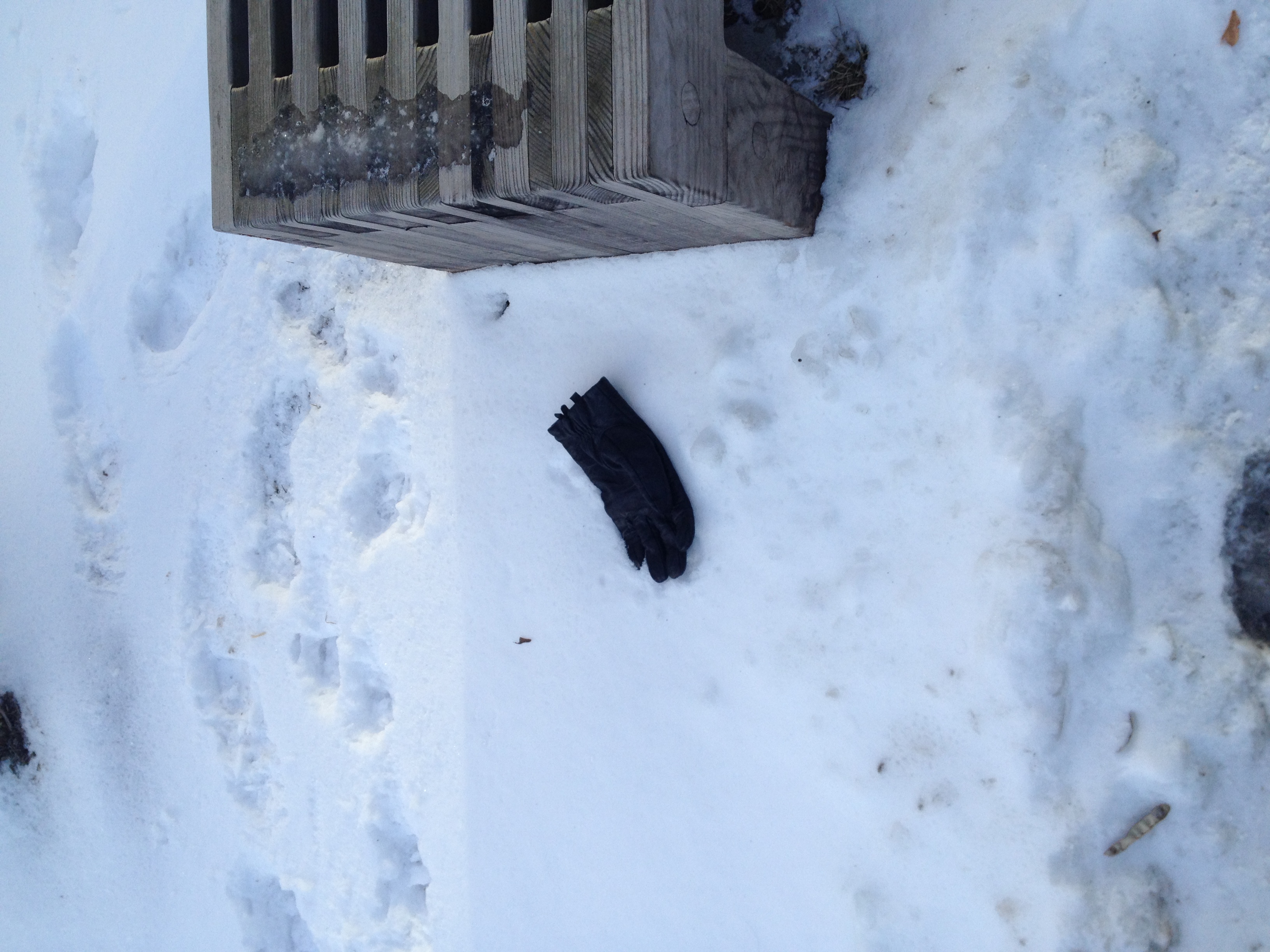
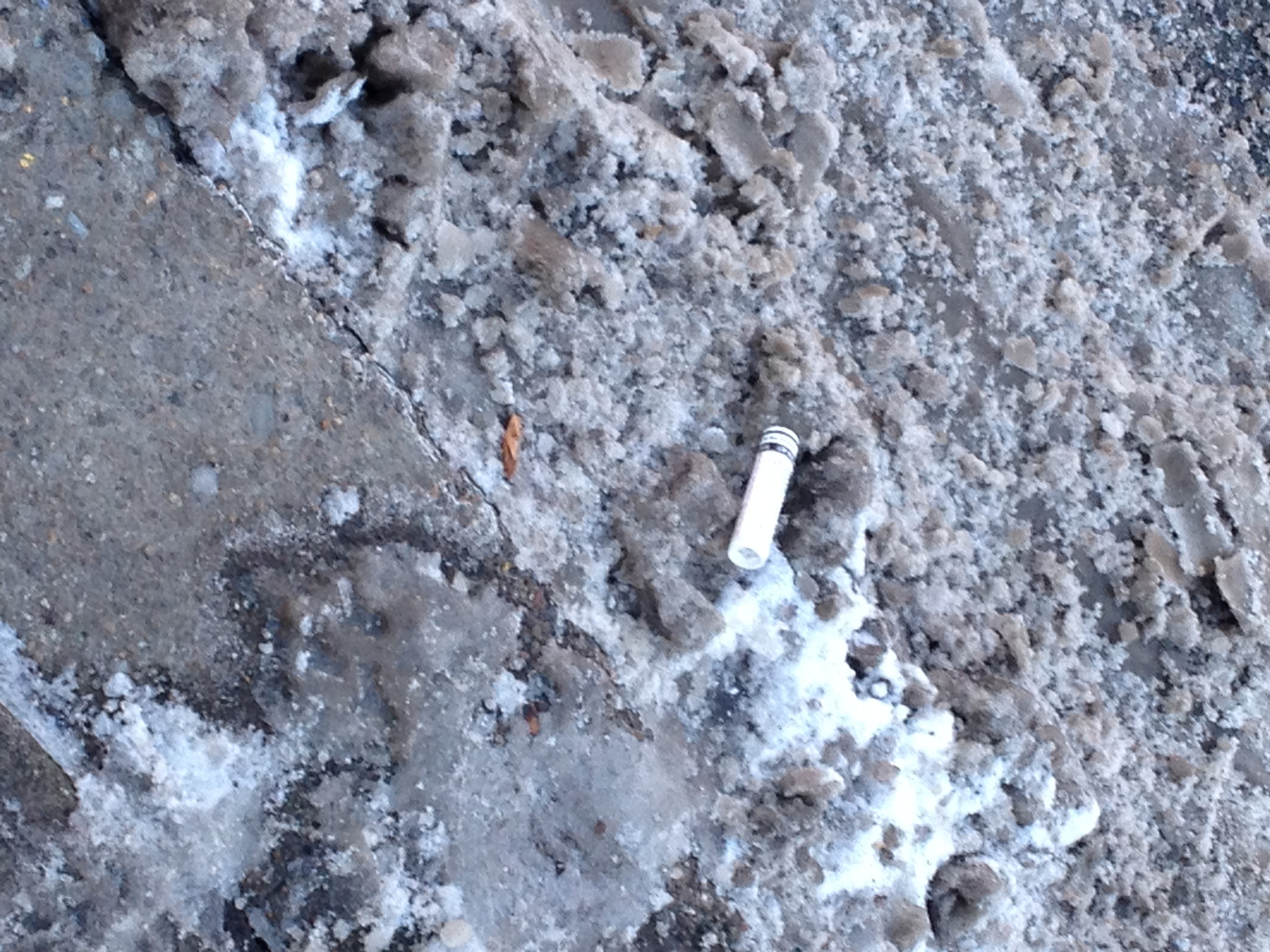
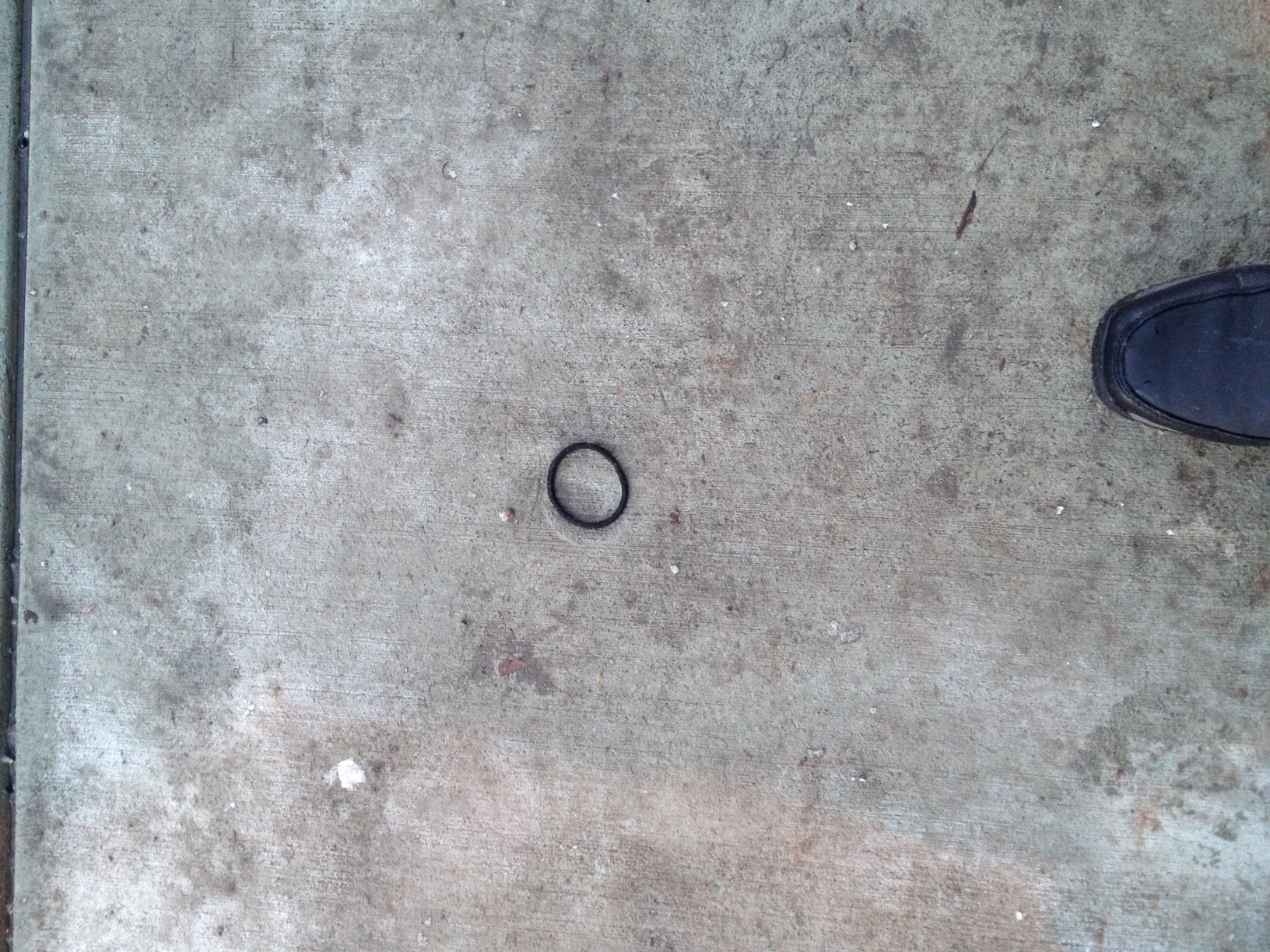
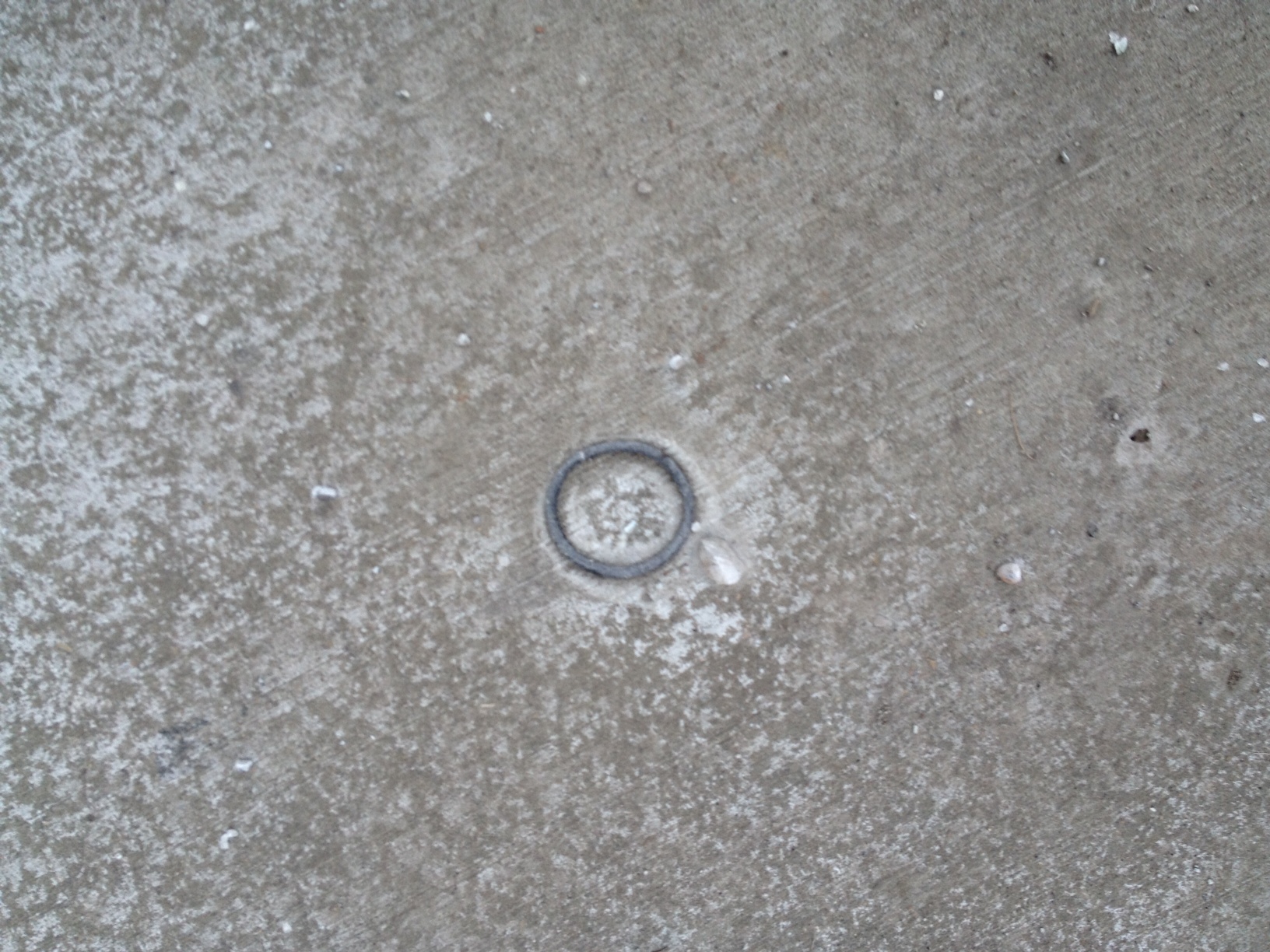
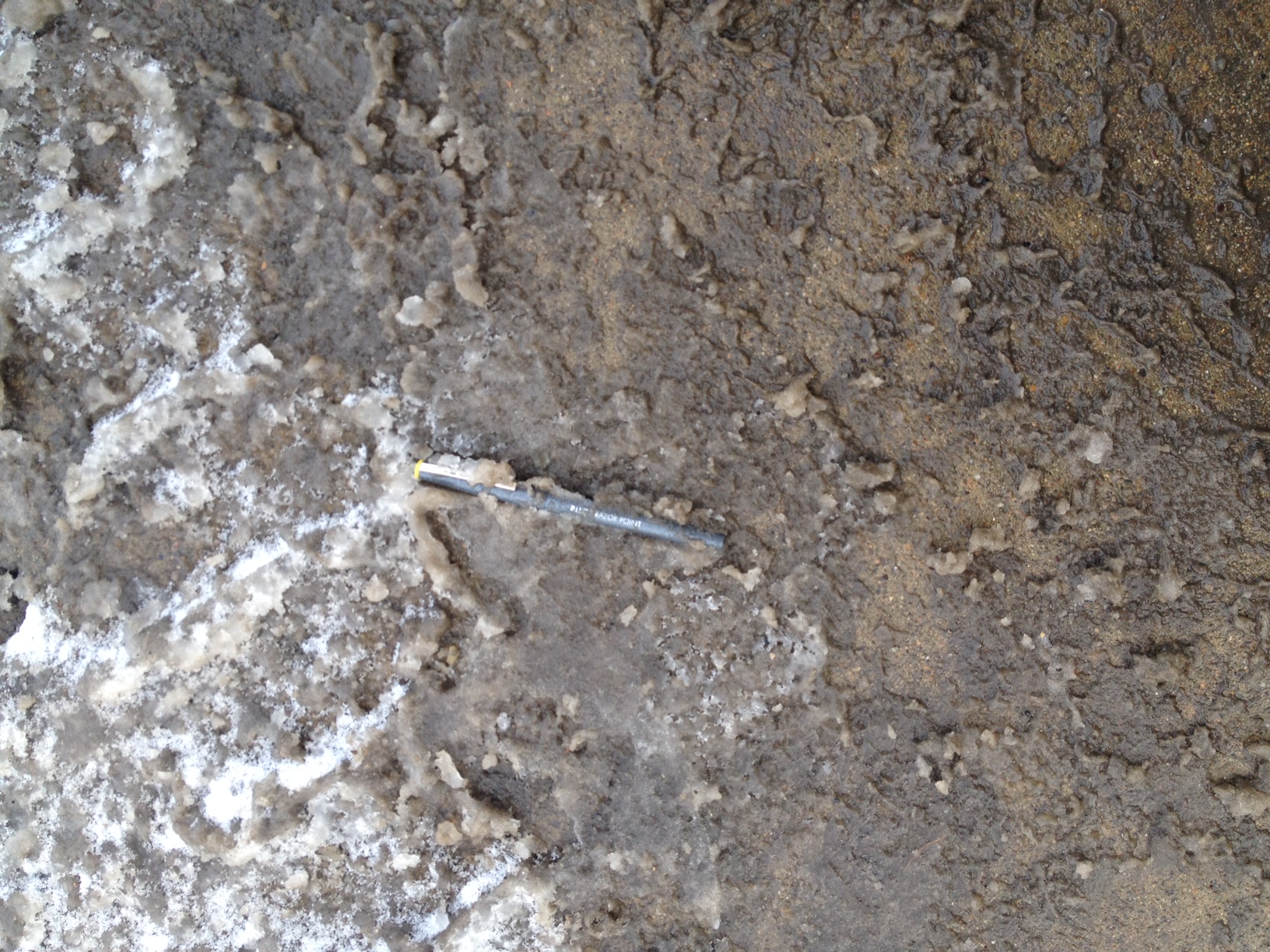

The system I chose to target for 24 hours was Education. In Part 1, I determined that one of the outputs of the Education system is ‘Demonstrated Learning.’ ‘Demonstrated Learning,’ I determined, usually comes in the forms of essay papers, artistic works, or grades on exams. I selected ‘Demonstrated Learning’ as a Leverage point, and concluded that I could disrupt this system by producing nothing, showing no evidence of learning.
For 24 hours, I thought about various ways to complete this assignment and break systems of my daily life routines. In the end, I attempted no new behaviors and produced nothing more than this blog post. By making no changes to my daily routine, I did not complete the assignment for Concept III: Systems and Processes.

These drawings are the evidence of an experiment. ‘Spending Free Time’ and ‘Observing Others’ were the primary systems affected by this work.
Instead of spending my free time on Facebook, I sketched the people around me.
Instead of observing others via Facebook, I took a closer look at how people were interacting in the physical world.






